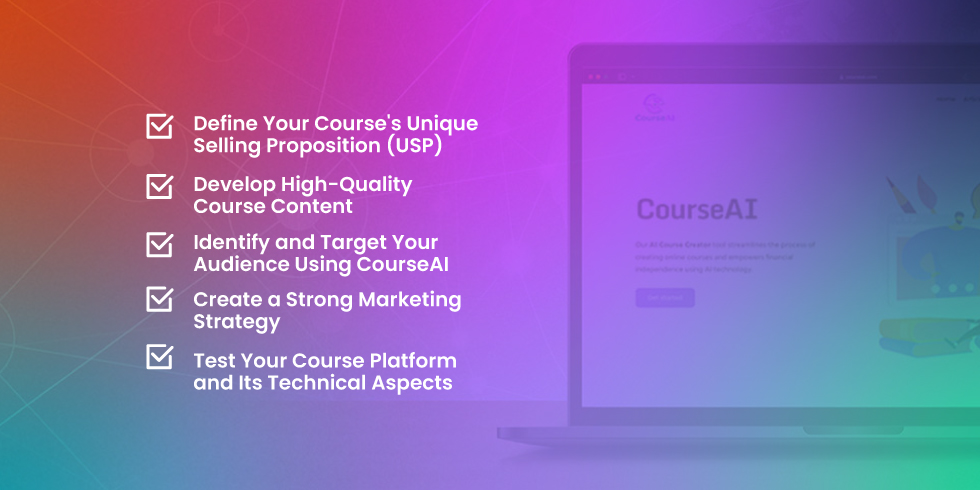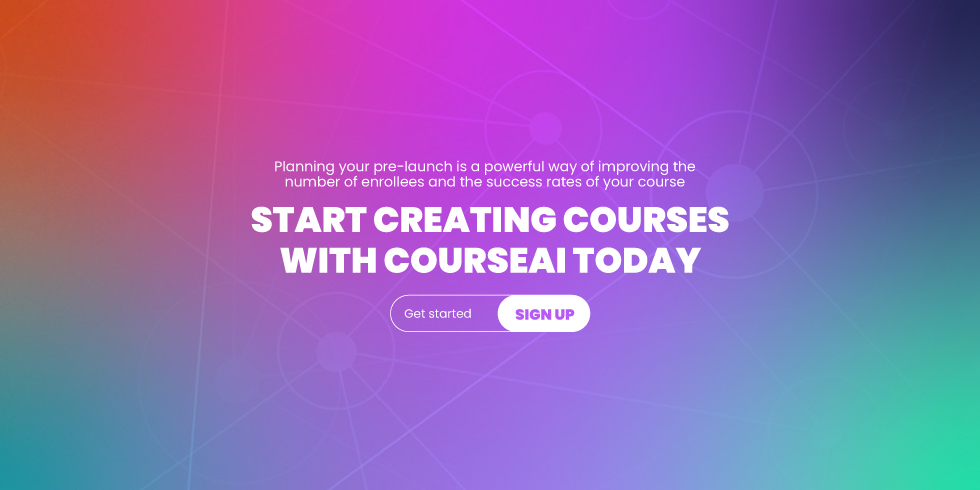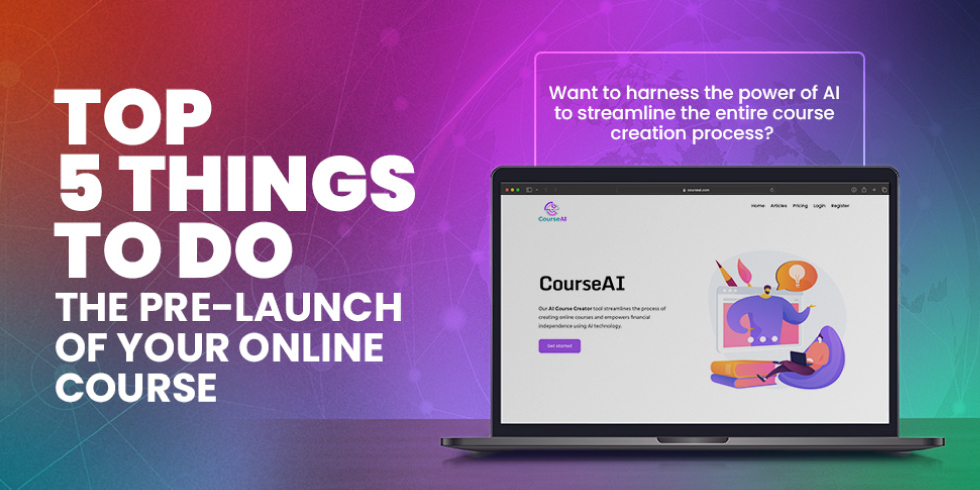Congratulations! You’ve come up with a course idea that’ll help beginners in your industry get started and launch their careers. But they won’t just buy it as you publish your course.
Online courses are now a way for companies to capitalize on their industry experience and knowledge. But without a pre-launch strategy, one may miss out on the opportunity to build anticipation and excitement, which causes fewer enrollees.
We’ll show you how to lay a robust foundation for your course’s success in this article. Let’s get started.
Define Your Course’s Unique Selling Proposition (USP)

Your USP differentiates your product (course) from what your competitors have to offer. While they can provide what you do, you can always think of something different, given that you also fully understand how your industry works.
Here are a few things you can do to identify your course’s USP:
- Think of the things that you can do exceptionally well. Can your company provide any specialized knowledge or industry skills via your course?
- Understand the needs of your audience. What types of problems can your course solve for your enrollees? What do they value the most?
- Do competitive research. You have to check what your competitor courses are doing. Can you do it differently or better?
Develop High-Quality Course Content
Before you pre-launch or even announce the publishing of your course, you should make sure its content is engaging, comprehensive, and relevant. This is how you keep learners interested and ensure success rates. In turn, this is also what makes others keen on whatever you have to offer.
There are a few key aspects you’ll have to consider to ensure your course content is of high quality:
- The reliability of your sources is paramount. Your course needs to have reputable academic sources to maintain credibility so that your claims can be verified by your learners.
- Information evolves rapidly today. Make sure your course is up-to-date with the current trends and developments in your subject area.
- Real-world applications and examples matter, as they’re the ones to support the concepts you provide, which then improves how much your students understand your topics.
- Tech advancements, particularly AI, have paved the way for course creators to create interactive course content. One example here is how CourseAI helps you develop content by letting you automate and customize your course. Doing so saves you time while helping you improve your course’s overall quality.
Identify and Target Your Audience Using CourseAI
Your prospects have some sort of collective needs and wants. If you have a good grasp of these things, then targeting them through your marketing efforts would be easier.
CourseAI helps you do this by creating audience personas for you and defining your leads’ demographics and psychographics. With this information, you can easily tailor content that deeply resonates with your audiences.
But don’t stop there. You can even optimize audience reach with CourseAI’s Course Creator tool, which lets you customize content via sales and welcome emails. This tool also personalizes your messages, thus ensuring your marketing materials also engage the right market.
Create a Strong Marketing Strategy
This is the backbone of your approach to your pre-launch. Without marketing, you’re losing potential enrollees scattered everywhere. To ensure your course offering is highly visible, you’ll have to engage in marketing activities that build anticipation.
You can start with social media campaigns, email newsletters, and even online communities – use these to provide sneak peeks on what enrollees can expect from your course.
Now, you might be thinking, “Exactly where can I put these strategies into play?” Here are a few platforms you can use:
- Email lists
- Your official website
Test Your Course Platform and Its Technical Aspects
There are technical difficulties that can impact the learning experience of your enrollees. You’re testing your course platform to check whether there are broken links, video streaming problems, or loading speed issues for your course materials. Remember, these also affect the overall appeal of your course.
By determining these issues during pre-launch, you’re actually safeguarding revenue.
Final Thoughts

Planning your pre-launch is a powerful way of improving the number of enrollees and the success rates of your course. Here, you should make use of quality content, a deep understanding of your audience, marketing strategies, and a good platform for your course.
Want to harness the power of AI to streamline the entire course creation process? Start creating courses with CourseAI today.

